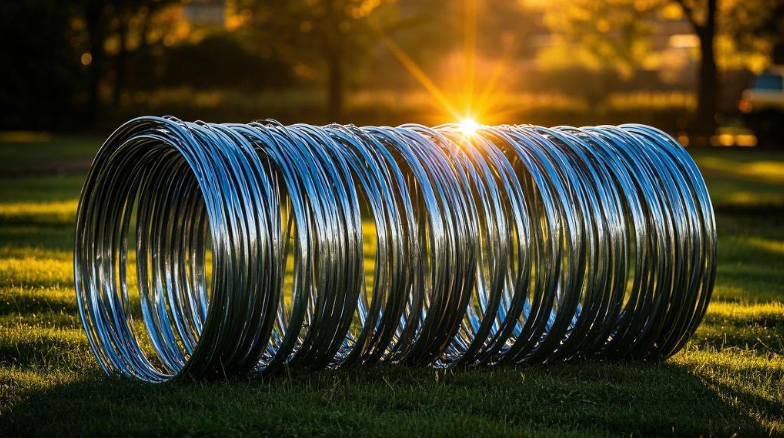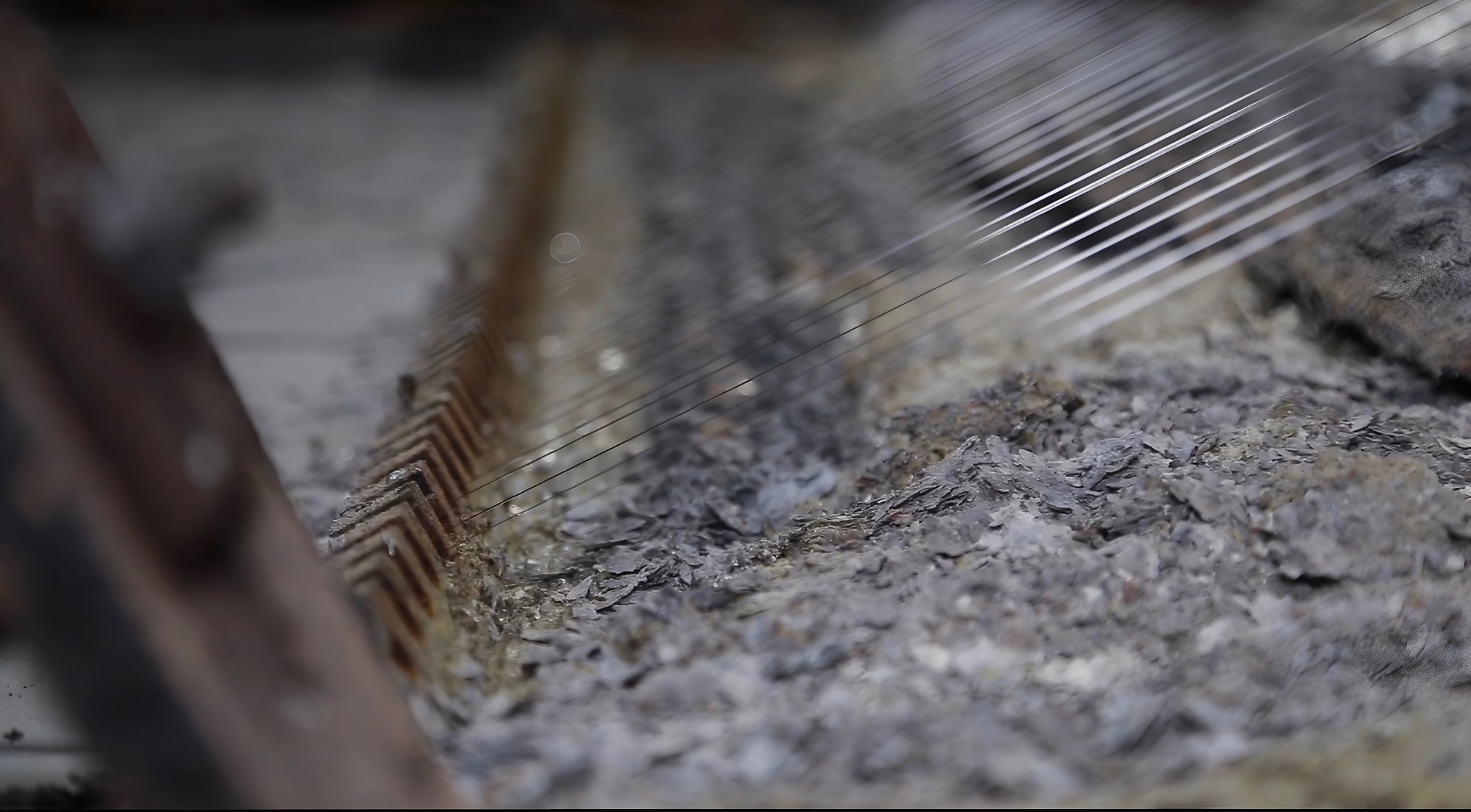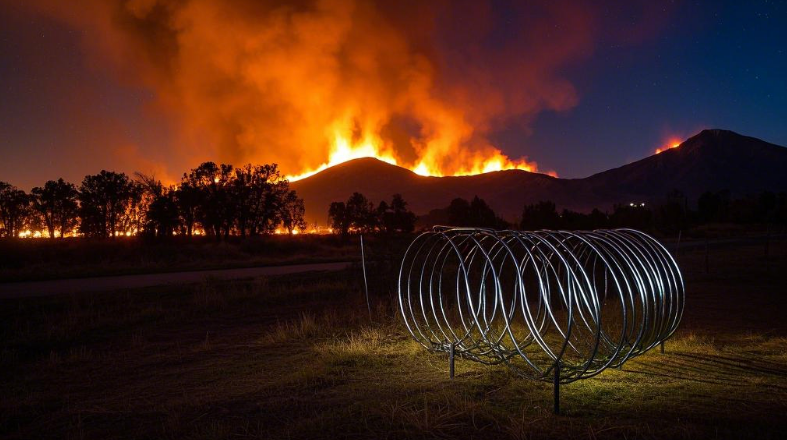The Effects of Elevated Temperatures on Galvanized Wire Integrity
Release time:
2025-01-23
The effects of high temperature on galvanized wire are mainly reflected in the following aspects:
The effects of high temperature on galvanized wire are mainly reflected in the following aspects:
Impact on Galvanized Layer
- Zinc Layer Melting: When the temperature exceeds 419.5°C, which is the melting point of zinc, the galvanized layer begins to melt. This destroys the integrity and uniformity of the galvanized layer, making the iron wire more vulnerable to corrosion as it loses the protective effect of the galvanized layer.
- Zinc Layer Volatilization: In a high-temperature environment, zinc will volatilize. As the temperature rises and time passes, the thickness of the galvanized layer gradually decreases, reducing its protective performance for the iron wire.
- Zinc Layer Oxidation: High temperature accelerates the reaction between zinc and oxygen in the air, forming zinc oxide on the surface of the galvanized layer. The presence of zinc oxide may affect the appearance and performance of the galvanized layer, reducing its corrosion resistance.
- Change in Zinc-Iron Alloy Layer: Under certain high-temperature conditions, a zinc-iron alloy layer is formed between the galvanized layer and the iron wire substrate. If the temperature is too high or the holding time is too long, the zinc-iron alloy layer will grow excessively, making its performance brittle and reducing the toughness and workability of the galvanized iron wire.

Impact on Iron Wire Substrate
-
Strength Reduction: Generally, as the temperature rises, the strength of the iron wire gradually decreases. When the temperature exceeds a certain value, the crystal structure of the iron wire changes, and the grains grow, resulting in a decrease in strength and hardness and an increase in toughness. This makes the galvanized iron wire more prone to deformation and fracture under external forces.
-
Toughness Change: High temperature may change the toughness of the iron wire. In some temperature ranges, the wire may become more brittle, increasing the risk of brittle fracture during use.
-
Dimensional Change: According to the principle of thermal expansion and contraction, the galvanized iron wire expands at high temperatures, causing changes in its dimensions. If this is not taken into account in the design and use process, it may lead to problems in the fit between the galvanized iron wire and other components.
-
Internal Stress Change: High temperature causes the internal stress of the iron wire to redistribute. During the cooling process, due to uneven shrinkage in different parts, new internal stresses may be generated, which may cause the iron wire to deform or crack during subsequent use.
Impact on Performance
-
Reduced Corrosion Resistance: Due to the damage and changes of the galvanized layer, the corrosion resistance of the galvanized iron wire is significantly reduced. High temperature weakens the protective effect of the galvanized layer, making the iron wire substrate more likely to come into contact with oxygen, moisture and other corrosive media in the air, resulting in corrosion and rust, thus shortening its service life.
-
Change in Electrical Conductivity: Changes in the state of the galvanized layer and the properties of the iron wire substrate may affect the electrical conductivity of the galvanized iron wire. Generally speaking, the damage of the galvanized layer may increase the contact resistance, thus affecting its conductivity in the electrical field.
-
Poor Workability: The changes in the properties of the galvanized layer and the iron wire substrate caused by high temperature will make the workability of the galvanized iron wire worse. For example, cracks and fractures are more likely to occur during bending, stretching and other processing operations, increasing the processing difficulty.

Additional Reference
-
Galvanized Iron Wire - Galvanized Iron Wire
-
Galvanized Iron Wire/Hot DIP or Electro Galvanized
-
Galvanized Iron Wireg. I Binding Wire 20# 1kg/Coil
-
Galvanized Iron Wire /Galvanized Binding Wire
Keywords:
More information





